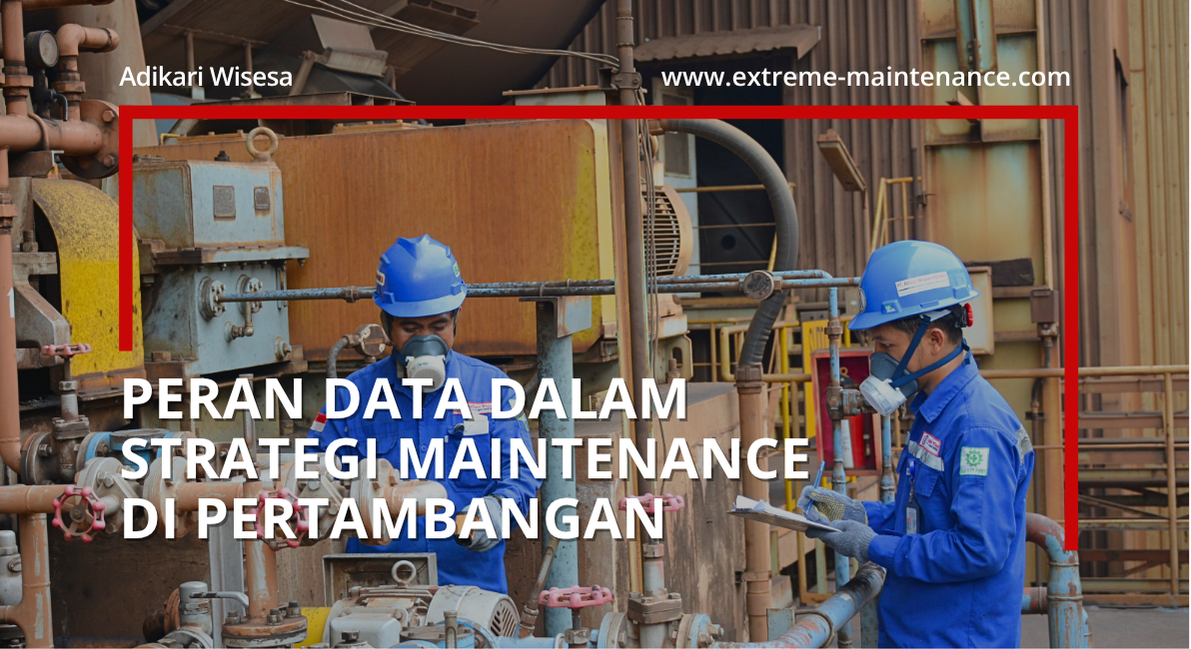
PRINCIPLE REABILITY CENTER MAINTENANCE
PRINCIPLE REABILITY CENTER MAINTENANCE
- What are the functions & associated performance standards of the asset in its present operating context?
Determine what must be done to ensure that any physical asset continues to do whatever its users want it to do in its present operating context, we need to do two things:
-
- Determine what its users want it to do
- Ensure that it is capable of doing what its users want to start with.
Reliability Centered Maintenance Introduction to Reliability Centered Maintenance. This is why the first step in the RCM process is to define the functions of each asset in its operating context, together with the associated desired standards of performance.
- What should be done if a suitable proactive task cannot be found?
However, before we can apply a suitable blend of failure management tools, we need to identify what failures can occur. The RCM process does this at two levels:
-
- firstly, by identifying what circumstances amount to a failed state
- Then by asking what events can cause the asset to get into a failed state. In the world of RCM, failed states are known as functional failures because they occur when an asset is unable to fulfil a function to a standard of performance which is acceptable to the user.
- What happens when each failure matter?
In addition to the total inability to function, this definition encompasses partial failures, where the asset still functions but at an unacceptable level of performance (including situations where the asset cannot sustain acceptable levels of quality or accuracy). Clearly these can only be identified after the functions and performance standards of the asset have been defined.
- What can be done to predict or prevent each failure?
As mentioned in the previous paragraph, once each functional failure has been identified, the next step is to try to identify all the events which are reasonably likely to cause each failed state. These events are known as failure modes. 'Reasonably likely' failure modes include those which have occurred on the same or similar equipment operating in the same context, failures which are currently being prevented by existing maintenance regimes, and failures which have not happened yet but which are considered to be real possibilities in the context in question.
- In what way does each failure matter?
Most traditional lists of failure modes incorporate failures caused by deterioration or normal wear and tear. However, the list should include failures caused by human errors (on the part of operators and maintainers) and design flaws so that all reasonably likely causes of equipment failure can be identified
- What causes each functional failure?
The RCM process classifies these consequences into four groups, as follows:
-
- Hidden failure consequences: Hidden failures have no direct impact, but they expose the organization to multiple failures with serious, often catastrophic, consequences. (Most of these failures are associated with protective devices which are not fail-safe.)
- Safety and environmental consequences: A failure has safety consequences if it could hurt or kill someone. It has environmental consequences if it could lead to a breach of any corporate, regional, national or international environmental standard.
- Operational consequences: A failure has operational consequences if it affects production (output, product quality, customer service or operating costs in addition to the direct cost of repair)
- Non-operational consequences: Evident failures which fall into this category affect neither safety nor production, so they involve only the direct cost of repair.
- In what ways does it fail to fulfil is functions?
Many people still believe that the best way to optimize plant availability is to do some kind of proactive maintenance on a routine basis. Second Generation wisdom suggested that this should consist of overhauls or component replacements at fixed intervals.

.png)



